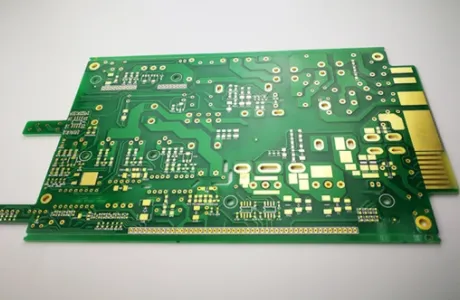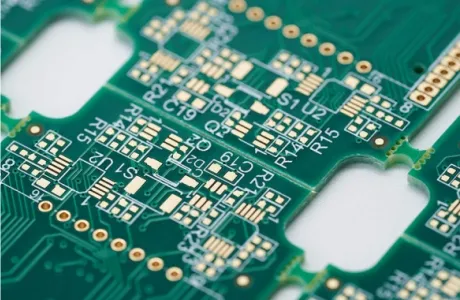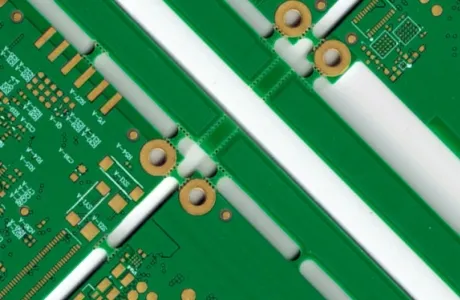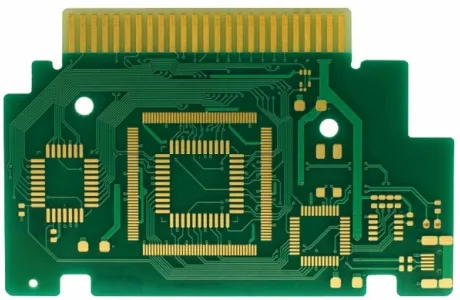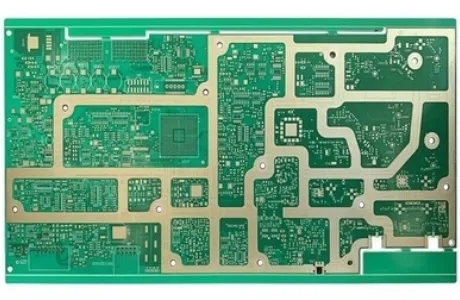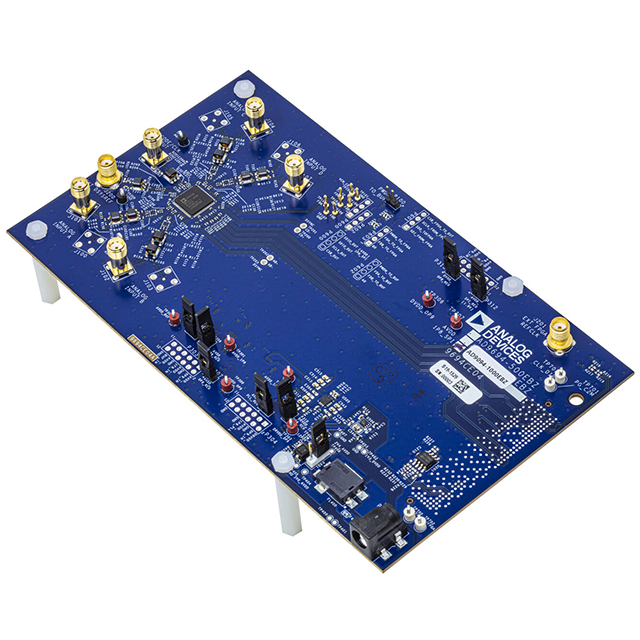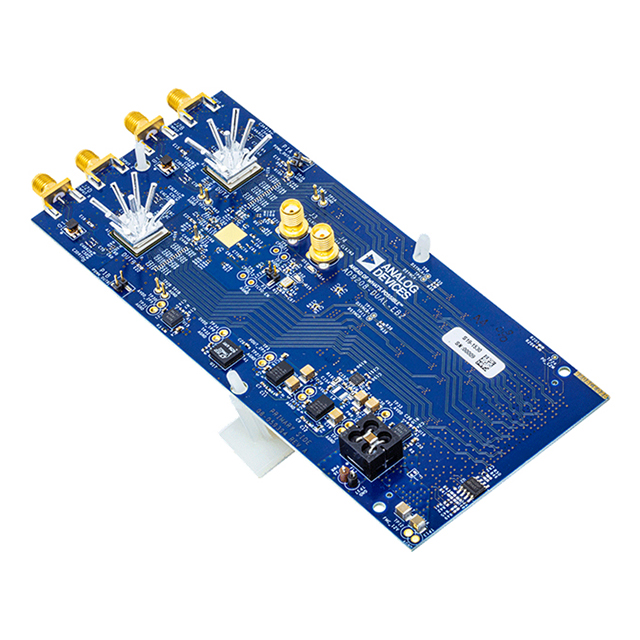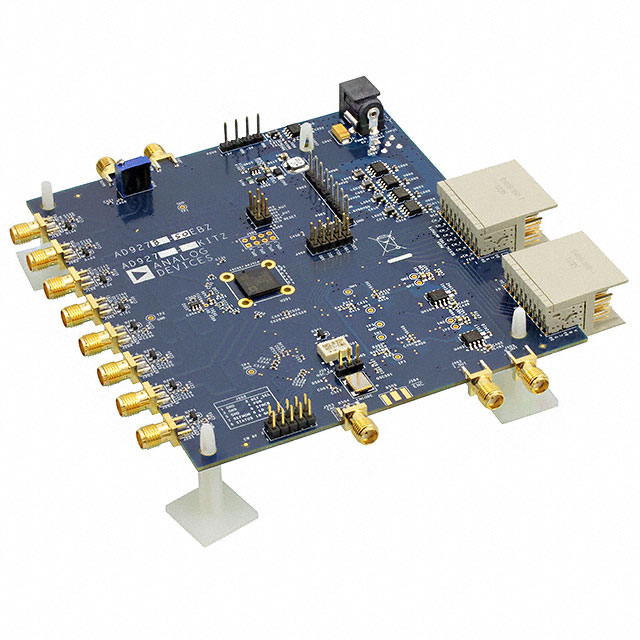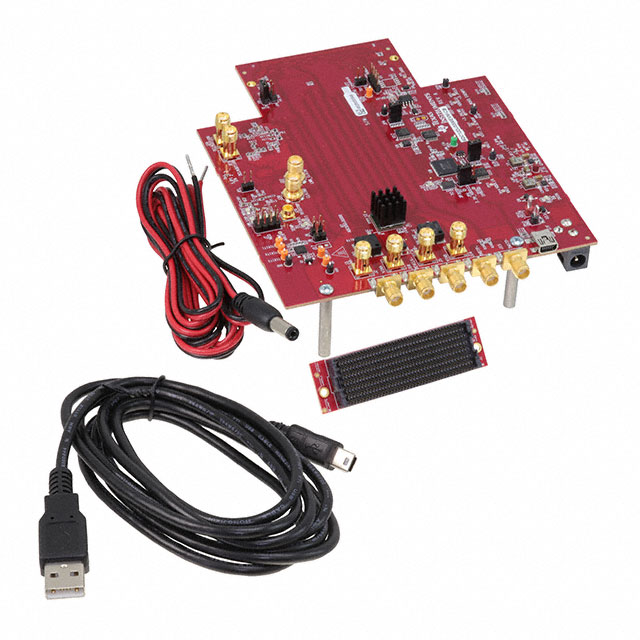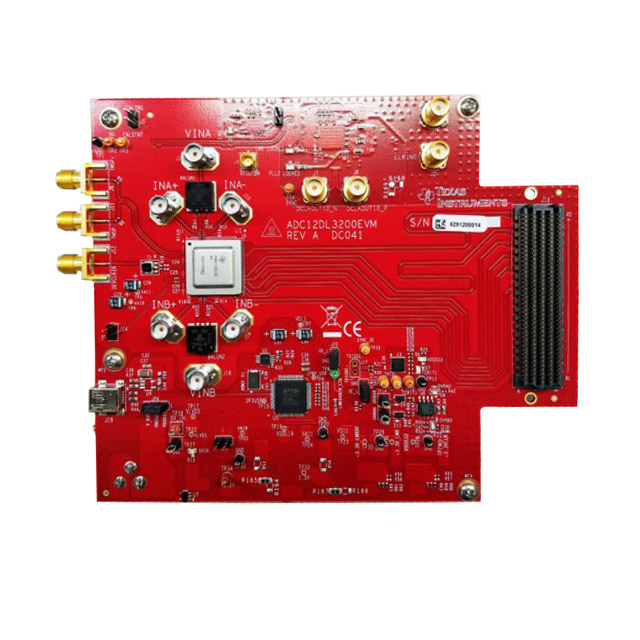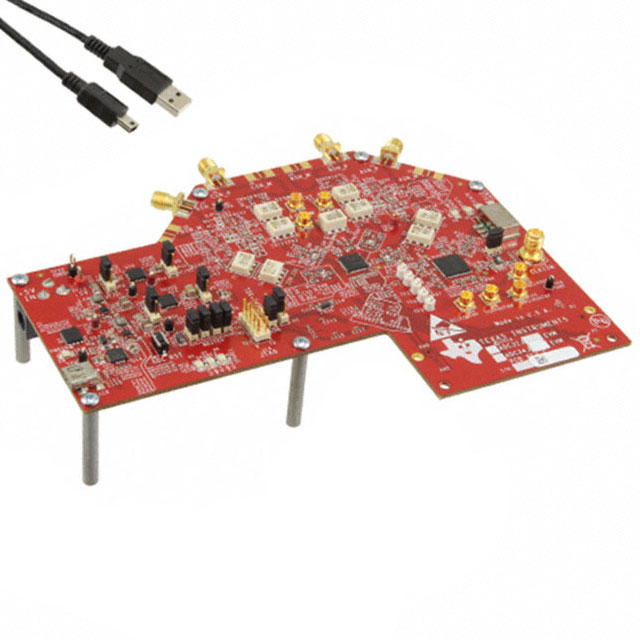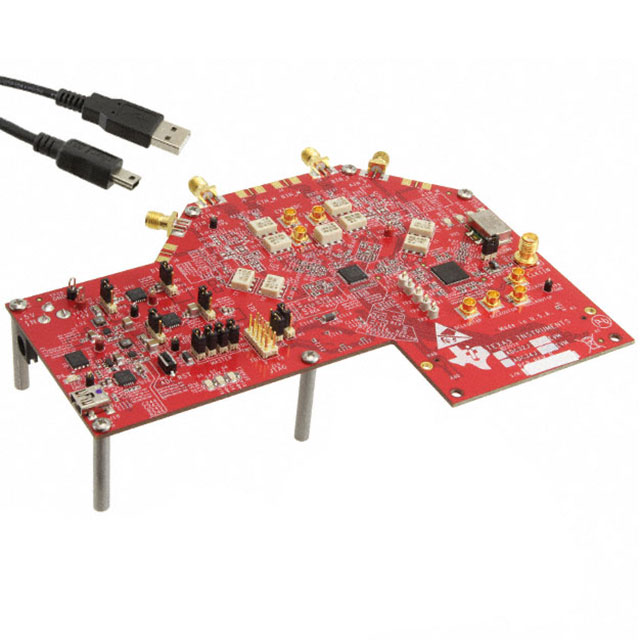
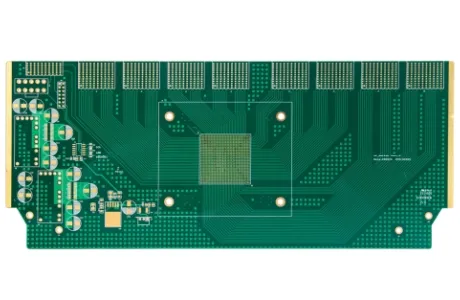
8-layer Immersion Gold FR4 Communication PCB Circuit Board
Description :
8-layer immersion gold FR4 communication PCB circuit board is a type of PCB board designed for communication applications. The FR4 substrate has excellent mechanical properties, good insulation properties, and relatively low manufacturing cost, making it the preferred choice in printed circuit board manufacturing and design needs.Product Details:
8-layer Immersion Gold FR4 Communication PCB Circuit Board Introduction
8-layer immersion gold FR4 communication PCB circuit board is a type of printed circuit board that consists of eight conductive layers separated by insulating layers. It is made using FR4 material, which is a flame-retardant epoxy fiberglass material commonly used in PCB manufacturing. The Immersion Gold finish refers to the surface finish applied to the copper pads of the PCB to protect them from oxidation and improve solderability.
8-layer Immersion Gold FR4 Communication PCB Circuit Board Parameter
| Number of layers | 8 |
| Substrate | FR4 |
| Thickness | 1.6mm |
| Surface Treatment | Immersion Gold |
| Special Process | / |
| Minimum aperture | 0.45mm |
| Inner layer line width and line spacing | 3.5/3.5mil |
| Outer layer line width and line spacing | 4/4mil |
| Applications | Mainly used in communication digital optical fibers |
8-layer Immersion Gold FR4 Communication PCB Circuit Board Features
1. Compact Design: 8-layer PCBs allow for a more compact design, as they provide more layers for routing traces and components. This is particularly beneficial in communication applications where space is limited.
2. Low Electronic Noise: These PCBs are known for their low electronic noise, which helps in maintaining signal integrity and reducing interference in communication circuits.
3. FR4 Material: FR4 is a flame-retardant epoxy fiberglass material commonly used as the base material for manufacturing these PCBs. It offers superior fire resistance, good mechanical strength, and excellent electrical insulation properties.
4. Immersion Gold Finish: The copper pads on the PCB are coated with a layer of Immersion Gold as a surface finish. The Immersion Gold provides a flat and solderable surface, protects the copper from oxidation, and offers operational stability, durability, and strength to the printed circuit boards. Also, the smooth surface of Immersion Gold helps maintain signal integrity by reducing signal loss and reflections.
These advantages make 8-layer immersion gold FR4 communication PCB circuit boards a popular choice for various communication applications.
8-layer Immersion Gold FR4 Communication PCB Circuit Board Applications
1. Satellite Communication: These PCBs are used in satellite communication systems for their compact design, low electronic noise, and high-temperature resistance.
2. Telecommunication: These PCBs find applications in telecommunication devices such as base stations, routers, and modems.


